China Builders of the Great Wall used a mixture of organic materials such as moss and lichen to protect the ancient wonder from erosion.
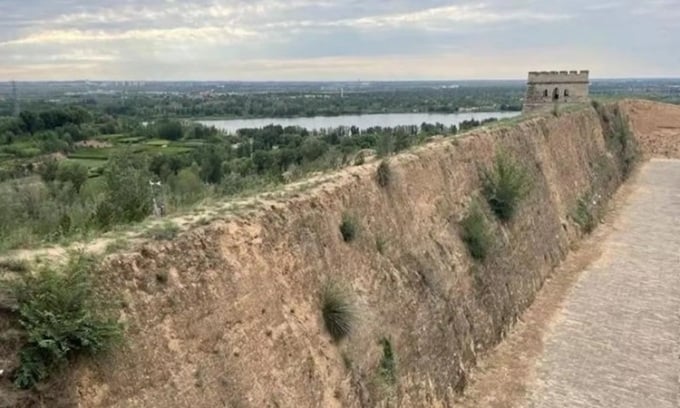
A section of the Great Wall reinforced with organic materials. Photo: Bo Xiao
Many sections of the Great Wall are held together by “bio-crustes,” thin layers of organic matter that protect the architectural marvel from erosion. Scientists made the discovery while analyzing sections of the 21,000-kilometer-long structure, which was built over centuries from 221 BC to protect the territory from invaders.
During construction, ancient builders often used rammed earth, a mixture of organic matter like soil and gravel pressed together to build massive walls. While these materials can be more susceptible to erosion than other materials like solid rock, they often promote the growth of biocrusts. This living “mortar” includes cyanobacteria (microorganisms that can photosynthesize), mosses, and lichens that help reinforce structures, especially in arid and semi-arid regions of the country, according to the study published Dec. 8 in the journal Science Advances.
“Ancient builders knew what materials could make a structure more durable,” said Bo Xiao, a professor at the School of Earth Science and Technology at China Agricultural University in Beijing. “To enhance mechanical strength, the rammed earth walls were always made from clay, sand, and various binders. These materials provide fertile soil for the organisms that form the biocrust.”
To test the strength and cohesion of the Great Wall, the team collected samples from eight different sections of the wall built between 1386 and 1644 during the Ming Dynasty. They found that 67 percent of the samples contained biocrusts. Using portable mechanical equipment both on site and in the lab, the researchers measured the strength of the samples and the stability of the soil, then compared the data to a section of the wall that contained only normal rammed earth.
Bo and colleagues found that biocrust specimens were sometimes three times stronger than normal rammed earth specimens. Moss-containing specimens were particularly durable. This is because cyanobacteria and other life forms inside the biocrust secrete polymer-like compounds that bind tightly to rammed earth particles, enhancing the structural strength by creating a cement-like substance that effectively prevents erosion.
An Khang (According to Live Science )
Source link



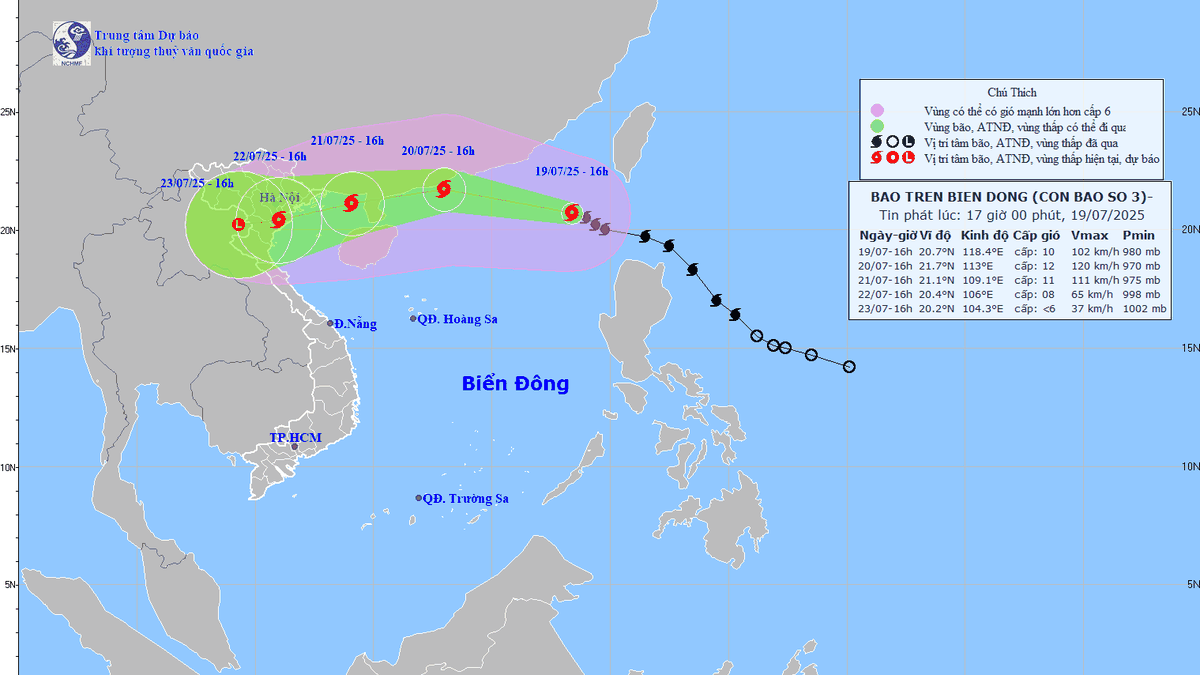



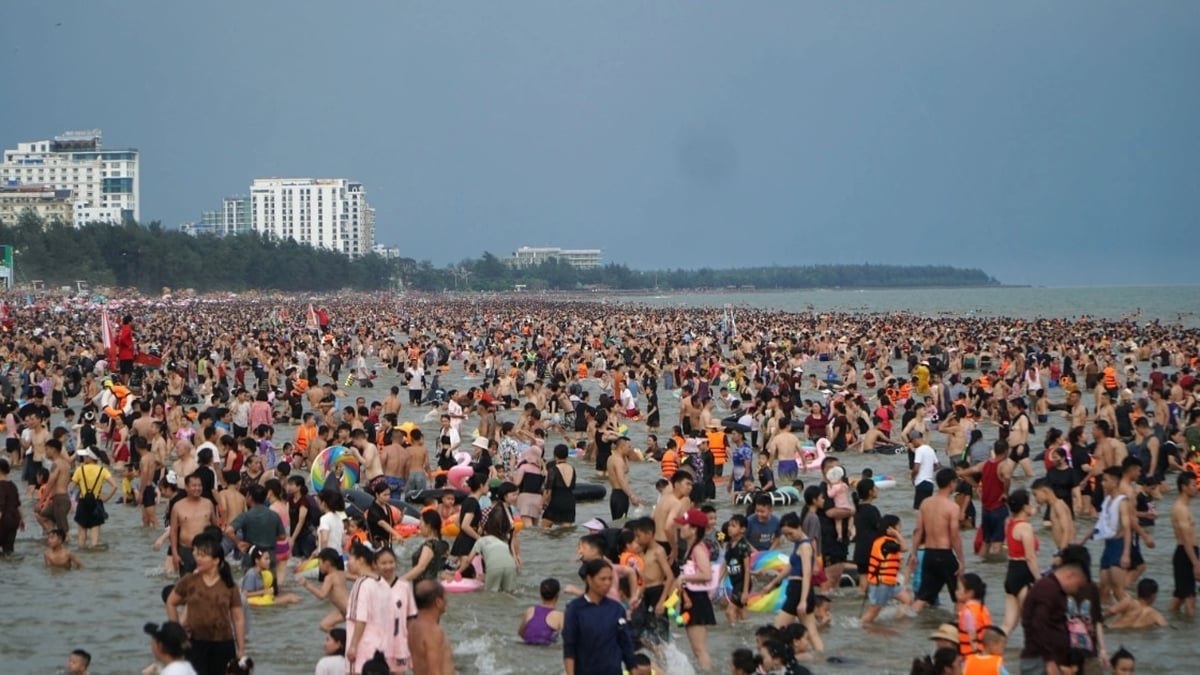



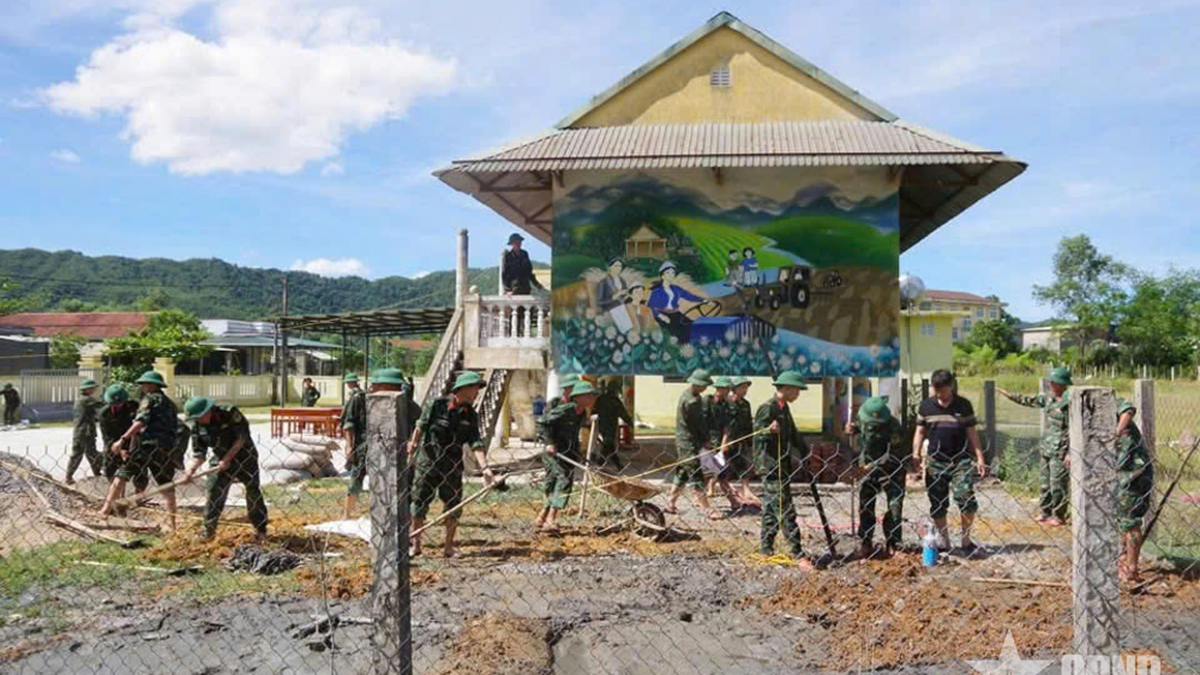











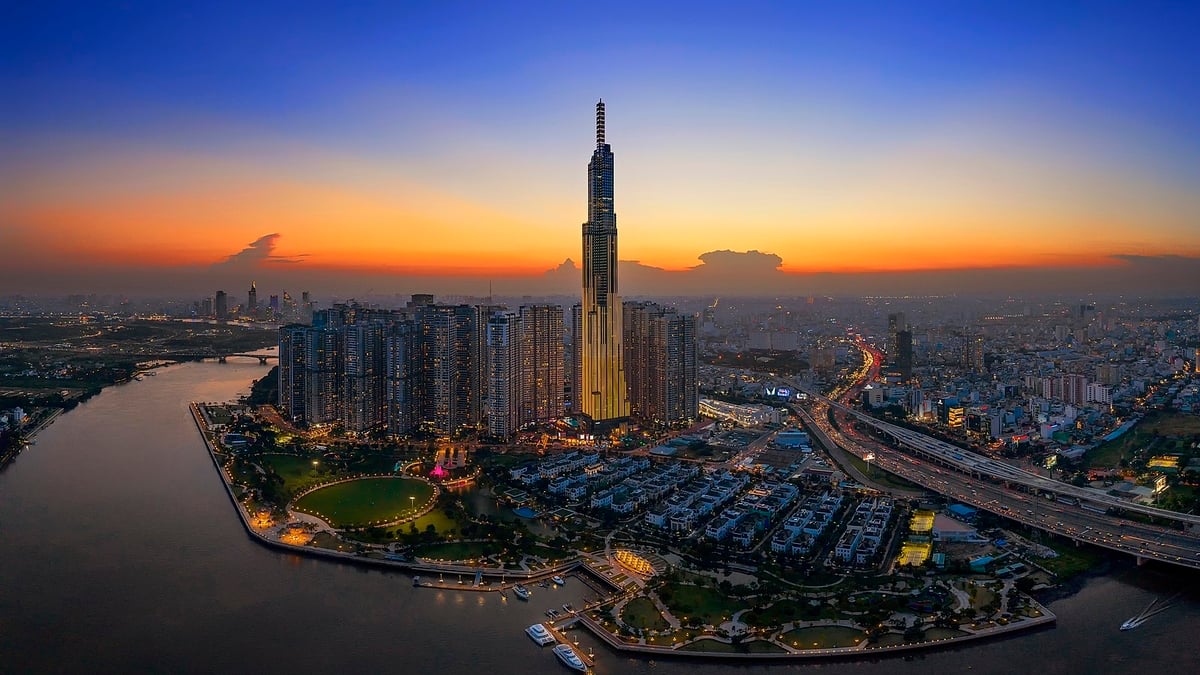


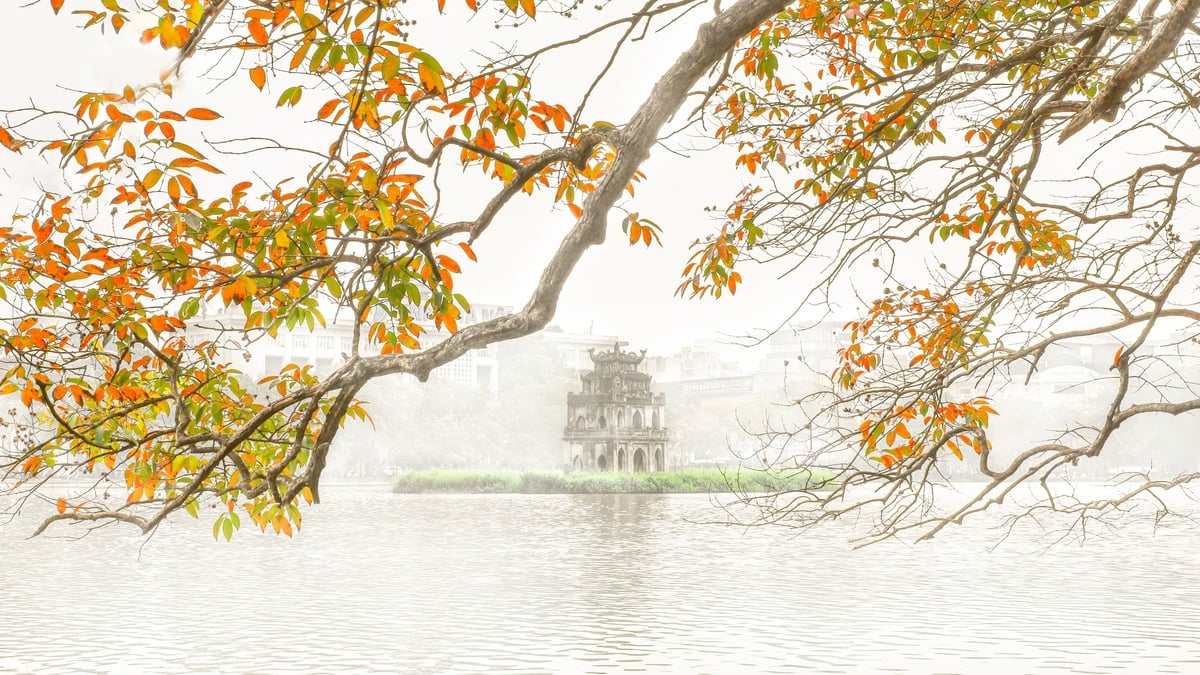





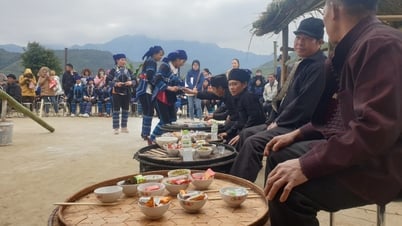







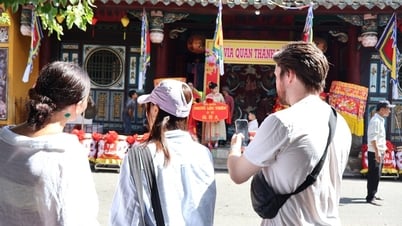









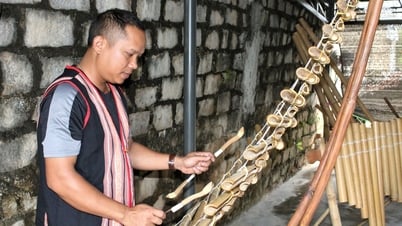









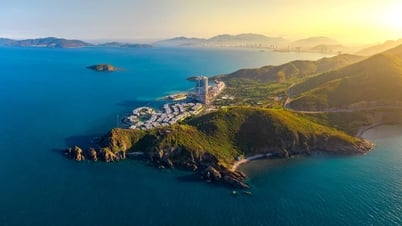


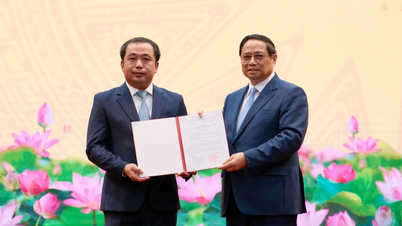



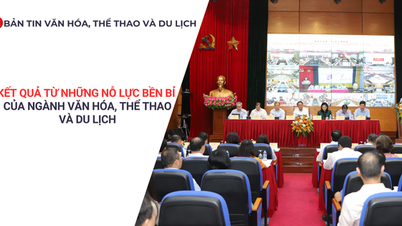

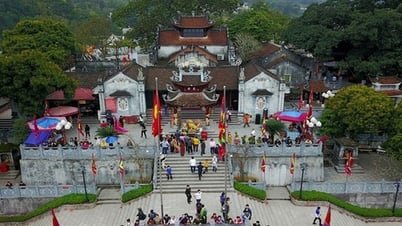




























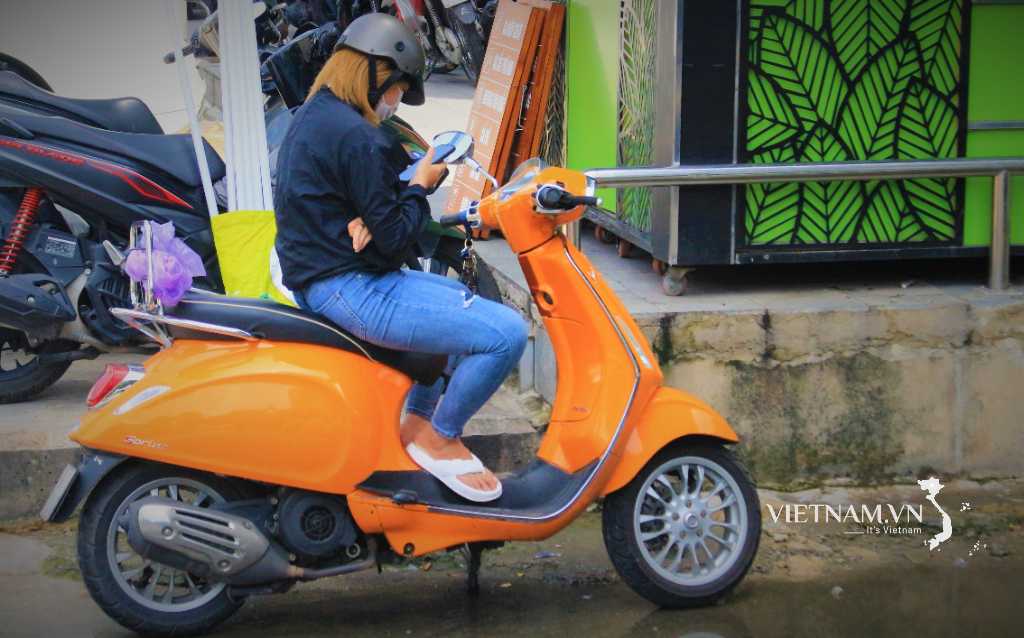
Comment (0)